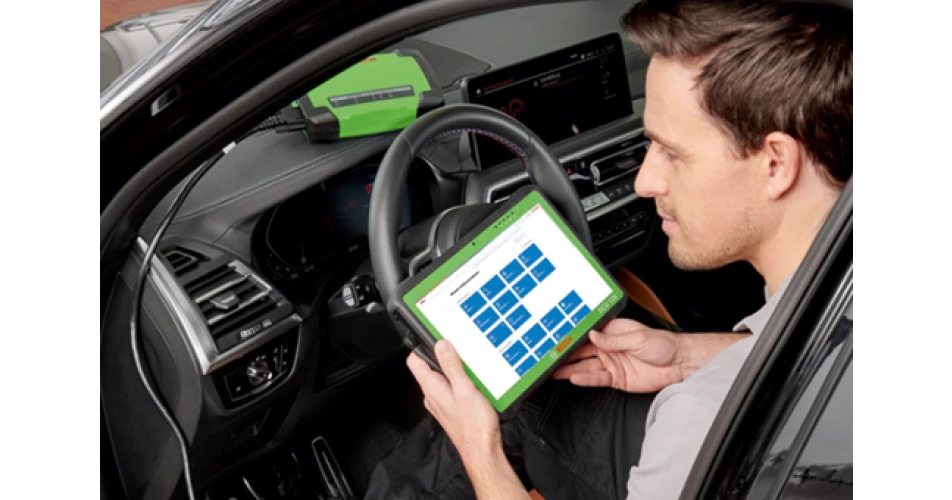Bosch has a broad range of expertise when it comes to various aspects of the aftermarket, usually based firmly on its corresponding expertise as a major OE supplier and development partner of leading vehicle manufacturers. One area where it has been pioneering development for many years is in vehicle sensors and as such it is uniquely placed to offer advice on sensor replacement and common issues that can occur.
Bosch says that for a technician there is no greater frustration than carrying out engine management component tests, only to find the problem persists. In relations to Lambda sensors here is an example of how Bosch can help solve issues on it technical hotline.
In this instance, the engine management ECU had a fault description of ‘oxygen sensor signal too low’. The oxygen (Lambda) sensor was replaced but still was still outputting a low signal of 0.2 volts. Bosch says that lambda sensor and mixture adaptation fault codes do not always mean the lambda sensors are faulty and the problem may be down to other issues. These may include:
- An air leak either in the intake or exhaust system (upstream of sensor).
- The fuel pressure or delivery rate is incorrect.
- Sensor inputs to engine management ECU, causing incorrect injector opening time.
- Blocked fuel injectors
In some cases the engine management ECU may have made an increase to the fuel mixture to compensate and bring the lambda sensor signal back to normal working parameters.
Bosch recommends the following diagnosis procedure:
- Talk to customer and obtain as much information as possible, about the conditions when the fault occurred and the drive cycle of the vehicle, around town or motorway, etc..
- If the vehicle has fault diagnosis capability check for fault codes. If actual values are available for lambda sensor then look at these, remember that the OBD programme is emissions related and can have useful actual values when diagnosing these faults.
- Compare these to any stated values, shown in your vehicle information system (eg Bosch ESI [tronic] Evolution). Compare these actual values to the exhaust gas readings via a four-gas analyser.
In some cases, it may be necessary to check the output of the lambda sensor or sensors with an oscilloscope. From this procedure you should be able to establish if the lambda sensor is reading correctly or not, and what other areas of the engine management system need further testing.
These basic principles and procedures can be applied to most of the associated lambda sensor and mixture adaptation fault codes and descriptions.
